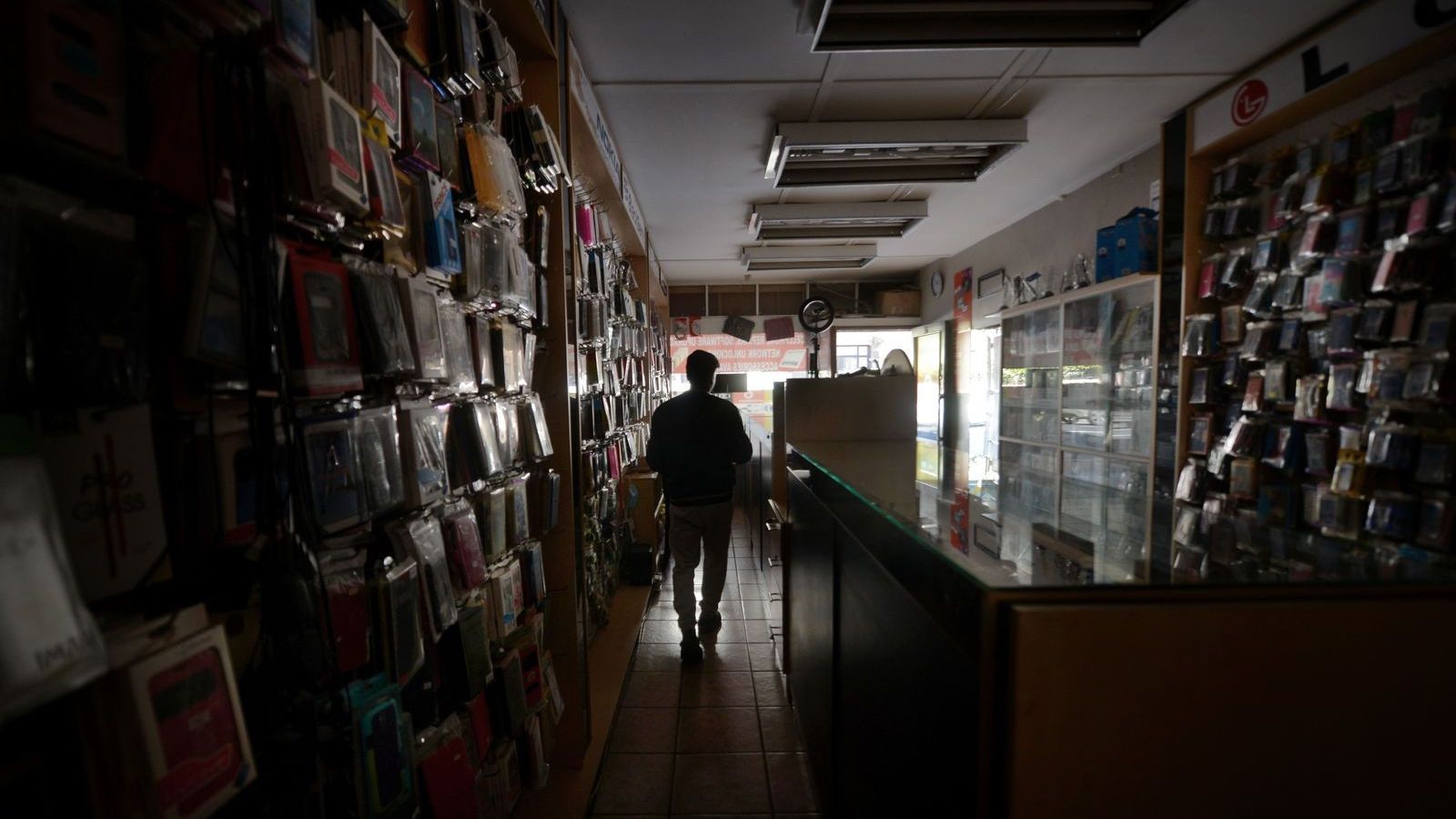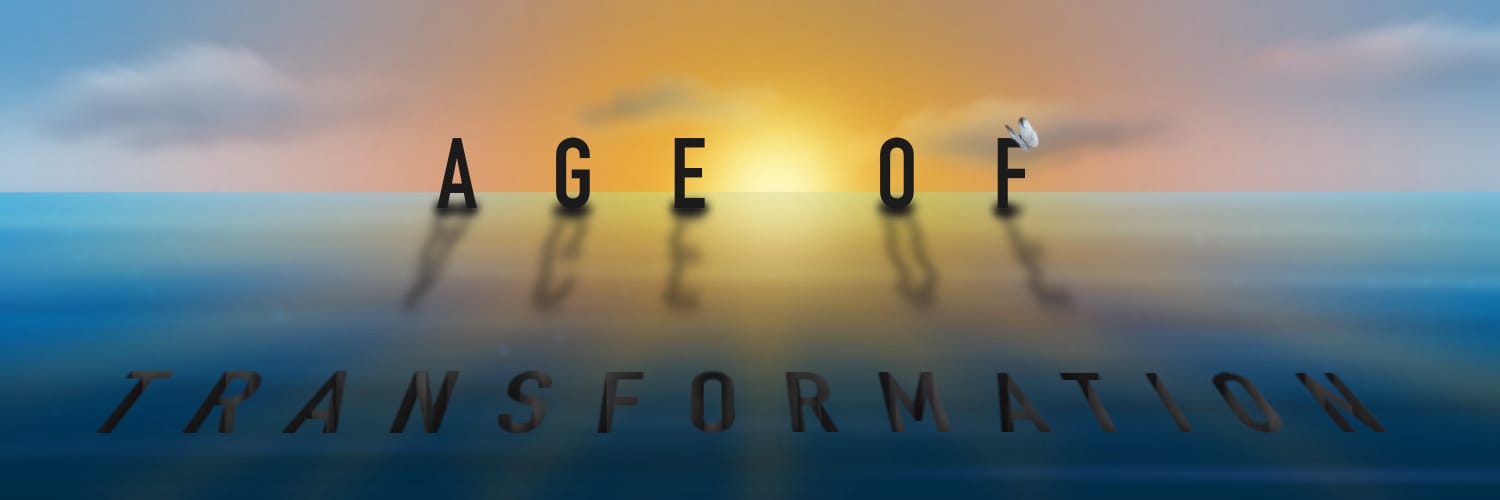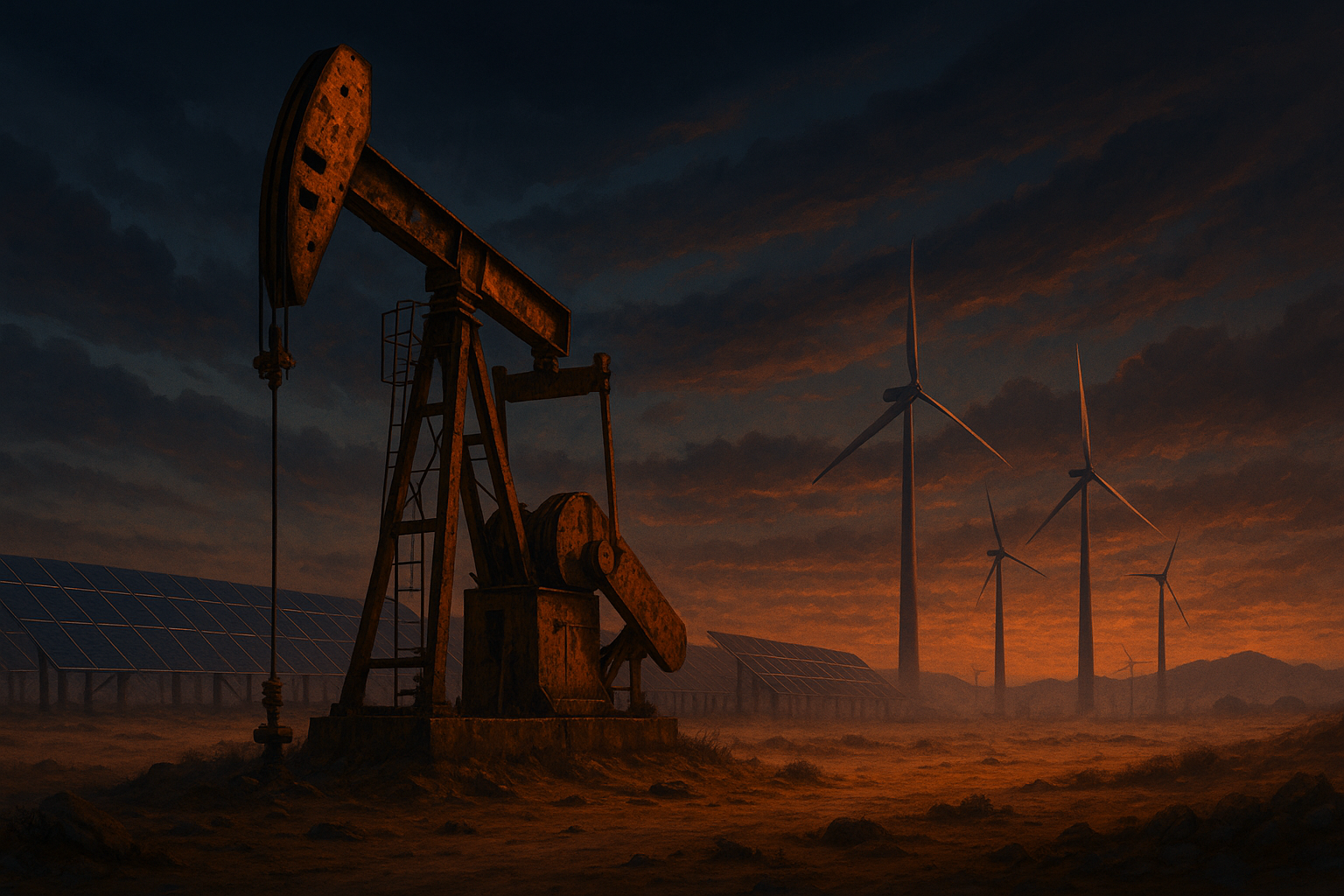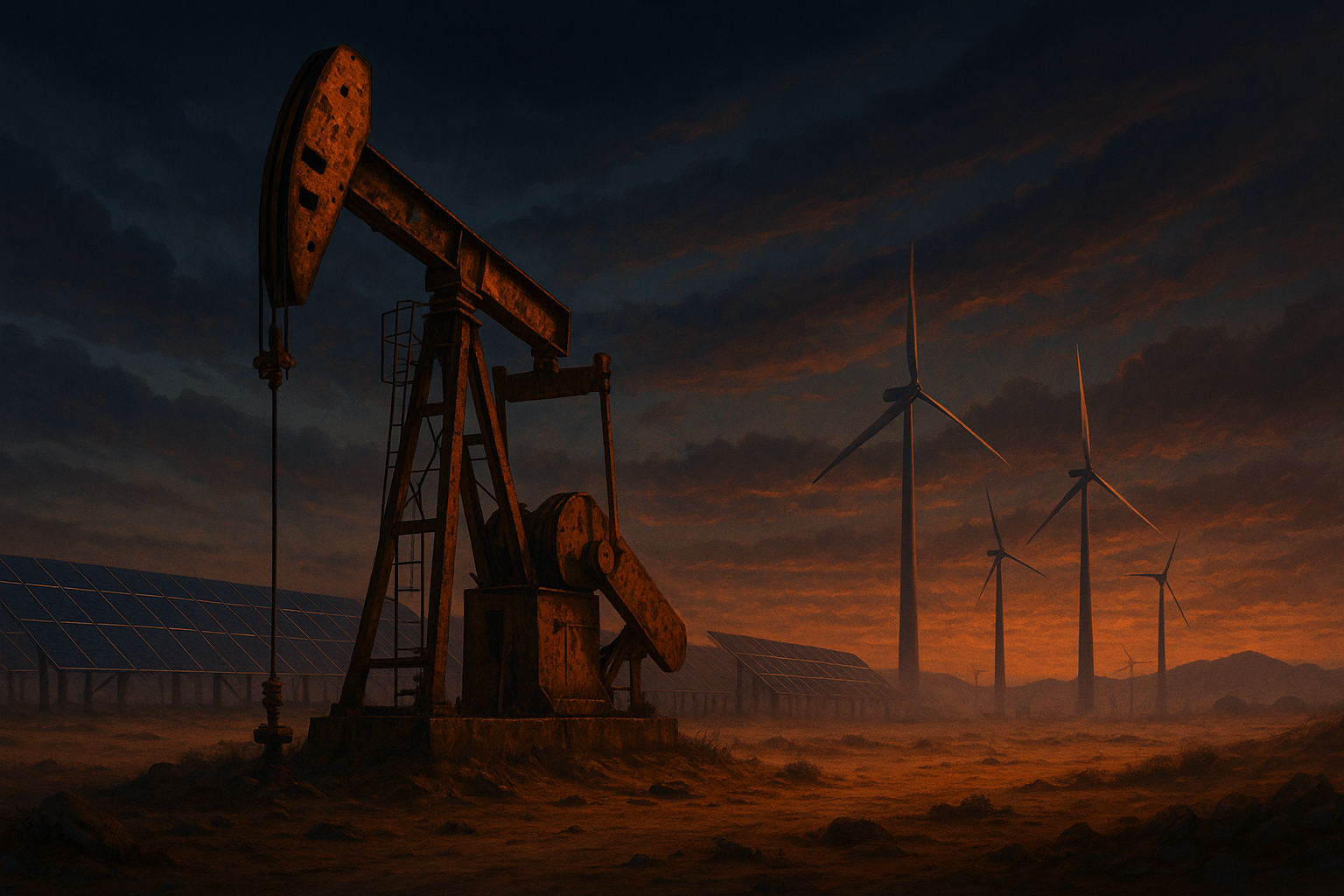Over the last year, several analysts have warned that South Africa is on the brink of collapse. Some argued that the prime culprit is endemic political corruption preventing the country from dealing with worsening economic problems. Others pinpointed economic mismanagement and a looming debt crisis as the key issue.
Now, newspapers are reporting that South Africa might collapse due to the impact of rolling blackouts and a potential total power grid failure. The situation is so dire that President Cyril Ramaphosa declared a national “state of disaster” due to the record electricity shortages.
If the blackouts accelerate, Western governments are worried they could spark violent social unrest that might even culminate in a civil war. The warning bulletins put out by the US and Australian governments read like stuff out of dystopian science fiction.
The blackouts are affecting “water availability, internet connectivity, mobile phone network coverage, fuel availability, residential security features and food supply”, warned the Australian Department of Foreign Affairs and Trade. Everything could be impacted including “private residences, businesses, municipal lighting, traffic lights and hotels”.
There have been “increased protests and demonstrations, and in some cases, civil unrest, throughout the country”, and this could lead to larger outbreaks of crime as power systems increasingly fail.
It’s the coal, stupid!
At the heart of the crisis, of course, are longstanding problems with the state-owned power company Eskom. The BBC frames the issues around Eskom’s $26 billion debt, along with “old infrastructure, power stations that do not work properly, not to mention a recent strike that crippled the company”.
Strangely missing from the BBC’s analysis is one word: coal. Although it’s mentioned once off-hand at the end of the article, the significance of coal to South Africa’s crisis is completely overlooked. And this is especially important given coal’s current global resurgence.
Eskom runs 15 coal power plants which generate 90% of South Africa’s electricity. But coal is a dying industry which is being rapidly disrupted – outcompeted for economic reasons – by other more efficient energy technologies.
While coal generation has experienced a resurgence especially in the wake of the global energy shortages triggered by Russia’s invasion of Ukraine, the long-term structural decline of coal is unstoppable – and South Africa offers a powerful illustration of what this decline has in store. That’s why Mark Nicolls of Energy Monitor argues:
“If the world’s power markets were purely driven by economics, coal-fired generation would be rapidly crumbling in the face of competition from cheaper renewables. However, in many markets around the world, the owners of coal-fired power plants are using incumbency and opaque long-term contracts to defy economic gravity and continue to operate, putting climate goals in peril.”
But it’s not just climate goals that are in peril. It’s trillions worth of investments. You can only defy economic gravity for so long before you come crashing down harder than you ever thought possible.
The rise and decline of coal
A key signal of the economic decline of coal comes from the concept of Energy Return On Investment (EROI), which measures the amount of energy you use to get energy out of any particular resource. The higher the energy input, the less you’re getting out – which leaves less ‘net energy’ to power other areas of economic activity like infrastructure, education, health, public goods and services, and so on.
Back in 2014, the doyen of EROI studies, Professor Charles Hall of the State University of New York, led a major EROI analysis concluding that although coal supplies would continue to exist in abundance for much of the remaining century, overall coal was experiencing a long-term decline in EROI and resource quality.

Hall et. al’s landmark research showed how the US coal industry mitigated the precipitous EROI decline late last century by shifting the quality of coal extracted, the technology employed in the extraction process and moving from underground to surface mining.
While this lifted up coal’s EROI significantly, Hall et. al reported: “The energy content of the coal extracted, however, has decreased. The coal currently mined is lower-quality bituminous and sub-bituminous coal with much lower BTUs/ton. The increased efficiency of surface mining seems to just about compensate for the decline in the quality of the coal mined.”
Their work showed that coal was increasingly disrupted by the expansion of oil and gas production, which drove down the cost of electricity-generation. The technology innovations of horizontal drilling and hydraulic fracturing (or fracking) enabled a shift to unconventional oil and gas which further made coal economically uncompetitive. Shale oil and gas thus played a big role in displacing coal.
The dawn of renewable energy, especially from solar and wind power combined with batteries, has further driven the economics of coal into the ground.
This also helps us understand why coal demand has come back with a vengeance: the return to high oil and gas prices has made them less competitive, allowing coal to compete once again in energy markets.
Coal is about to fall off the ‘net energy cliff’
The problem for the coal industry is that this is the last hurrah in a losing battle.
EROI studies for coal in South Africa are hard to come by – I haven’t found any, but general decline trends are clear from reports of the rising costs of mining, and within the national coal industry itself, along with Eskom’s growing inability to invest in meaningful solutions.
But a good proxy for the state of play for coal in general is China – the largest coal producer in the world.
In 2018, scientists from the China University of Petroleum in Beijing released a government-funded study concluding that the EROI of all fossil fuels in China – coal, oil and gas – “display downwards trends during the next 15 years”.
In particular, the EROI of China’s conventional oil and coal “have already passed their peak points and will continue to decline until they eventually reach less than 1:1 before 2030”.

That’s a catastrophic decline. The study authors warn that countries which cannot provide sufficient net energy “are associated with poverty, constrained food production, limited conveyance of essential goods and services”.
It’s not unreasonable to suspect that this EROI analysis of China’s coal supplies reflects the state of play across much of the world, which in turn suggests that the economic disruption of coal is basically unstoppable as its energetic costs ramp up while its energetic returns diminish.
The current resurgence of coal is therefore just a temporary mirage. It will allow investors to make a quick buck today. But in the end, and sooner than they think, they will lose their shirts (and trousers and everything else) over the next decade.

Estimates of the losses from the economic collapse of coal over coming decades are around $1.3 to $2.3 trillion. Conventional analysts put this down solely to climate targets, but in reality these losses are equally linked to the declining economic dynamics of coal as revealed by EROI analysis.
Economic decline is linked to earth system disruption
This puts the crisis in South Africa in stark context. Rather than looking at the country in isolation, it’s clear that due to its rampant whole-of-society coal dependence, the country has been especially vulnerable to the ongoing disruption of the global coal industry.
That’s also why Eskom has become so embroiled in debt and mired in corruption. Declining EROI implies higher costs of production and diminishing returns. It’s often tempting to rely on large inputs of credit to compensate for this predicament and finance business-as-usual. But that only offsets economic problems into the future.
This is broadly what Eskom did. With its extensive special relationships with the government, private sector, and wealthy energy consumers, Eskom leveraged political corruption to keep the show on the road, allowing it to continue with failed policies despite rampant governance failures.
Excessive borrowing allowed Eskom to weather deepening structural problems: an increasingly expensive and insecure coal supply (whose costs per tonne had risen by 300% over the last two decades); massive cost overruns of big new coal generation projects; and massive costs of maintaining and repairing the existing fleet of coal plants, 80% of which are bound to be decommissioned through the next few decades.

Over the last 15 years, the results of this have been plain to see. Every year, the risk and reality of blackouts worsens as electricity generation is increasingly unable to meet demand. The result is ‘load-shedding’: deliberately targeted power blackouts rolling across different areas and sectors for as long as 12 hours a day. The blackouts have, in turn, led to annual losses of some $13 billion.
And that, of course, is how the vicious cycle of system decline works. As the system declines, more costs are incurred, which eat into the system, and absorb all its attention. Yet the system is now weaker and more unstable, with less resources available to solve the problem. We end up caught in a feedback loop between earth system disruption, and human system destabilisation.
Sleepwalking into climate dystopia
South Africa still has no viable national plan to replace its dying coal industry. That’s particularly devastating because the country has high vulnerability to the impacts of climate change, and is warming at twice the global average rate.
According to climate expert Professor Jennifer Fitchett, this is not a theoretical scenario we must wait for in the far future. It’s already happened.
Fitchett highlights “an increase in the severity and frequency of heatwave events” in recent decades in South Africa; an increasing risk of droughts (she points to the ‘Day Zero’ drought crisis in Cape Town); a growing risk of high intensity tropical cyclones; effects on agriculture due to changes in the timing of apple and pear flowering; effects on fishing with warmer sea surface temperatures delaying the sardine run; to name just a few.
One report commissioned by South Africa’s Center for Environment Rights by Professor Nicholas King, found that from now to 2030 and onwards, climate impacts would make South Africa increasingly uninhabitable. This would not happen in a linear, gradual fashion. The change will come abruptly, and it will accelerate:
“Impacts do not rise linearly with rising temperature, but with an ever-steepening curve, rapidly making large parts of the interior of the country, as well as vulnerable low-lying coastal areas, uninhabitable.”
In some parts of the country, we would see long queues for tanker water; in others, it would be so hot for most of the year that “almost all agricultural fieldwork and manual labour” would be impossible. The collapse of rain-fed agriculture and rangeland grazing for livestock would create food shortages, and drive conflicts over water.
The need to breakout of the incumbent paradigm
Currently, mired in the pitfalls of incumbent thinking, the African National Congress’ transition plan focuses on attempting to create a $250 billion green hydrogen industry. The idea is to build out new clean electricity capacity, which can then be used to create hydrogen for export to European markets. Yet under the ANC’s current plan, there won’t even be sufficient clean electricity capacity to support surplus production of hydrogen for export while also meeting domestic energy needs.
The problem is that almost no one in South Africa appears to understand the transformational possibility space emerging right now. Except perhaps one man... a South African energy analyst by the name of Clyde Mallinson. That's this guy:

Using the ‘Clean Energy U-Curve’ created by technology forecasting think-tank RethinkX (a powerful tool which helps you to figure out the optimal combination of solar, wind and batteries), Mallinson found that by spending half of what is currently spent on fossil fuel subsidies, South Africa could move to a 100% clean energy system in the next two decades, and in the process dramatically reduce energy costs while boosting economic prosperity and energy abundance.
In a presentation delivered to South Africa’s largest business federation, Mallinson showed that by spending just 1.5% of GDP a year out to 2040 ($5 billion), South Africa could deploy 230 gigawatts (GW) of solar panels, 40GW of wind turbines, and 35GW of battery storage. This build-out would produce three times the amount of South Africa’s current energy demand: so say goodbye to load-shedding. And the electricity generated would be five to six times cheaper than today’s prices.
Once built, the new clean energy system will create $10 billion annual savings from no longer having to spend money on fossil fuel subsidies. And the new clean energy system will create so much surplus electricity at zero marginal costs (what RethinkX calls ‘superpower’), that it will open the door to vast new industries from mining, to smelting, to desalination and beyond. Generating ‘green’ hydrogen from clean electrolysis would, in this scenario, would be feasible.
This new clean electricity ecosystem will look completely different to the incumbent paradigm.
Instead of a centralised system owned and controlled by a small number of utility monopolies operating a small number of extraction-based power plants, energy generation will be increasingly decentralised, with households, business and communities as owners and producers of electricity generated from the sun and the wind.
Energy will be distributed to and from the grid, as the divide between producers and consumers becomes blurred.
The new clean energy system will be not only abundant, but participatory, in a way that was inconceivable in the fossil fuel system.
As such, it will also entail a different type of economy – one in which the traditional divide between labour and capital also becomes blurred as the whole of society becomes engaged in both the ownership, production, trading and consumption of energy.
A new operating system
South Africa’s challenge underscores that the transformation we need is not just about energy or economics. It’s also about culture, values and worldview.
The accelerating collapse of South Africa is symptomatic of wider trends which are happening on a global systemic scale. South Africa is on the frontlines of the ‘global phase-shift’ – showing us what happens when you double-down on the incumbent paradigm, premised on centralised control and extraction of material throughput, in service of maximising and centralising profits for the few.
This is fundamentally a reductionist paradigm in which we see ‘each man for himself’, disconnected from each other, devoid of any accountability or relationship with planetary ecosystems.
In contrast, the emerging system is interconnective, bidirectional, mutual and cooperative; it requires and entails different choices, choices premised on our relationship with each other, and our embeddedness in the earth.
To manage this system needs a new ethic involving new commitments. We will need to be committed at every step of the way to renewing and repairing our relationship with each other, and the planet. While it’s commonly assumed that the chances of that are infinitesimal, don’t believe the negative hyperreality generated by prevailing media narratives. All the data suggests that more and more of us want to make that change – but most of us are just struggling to figure out how.
I believe that 2020 was a turning point, in more ways than one, but here’s two key data-points for this. One survey from 2021 showed that 85% of people across 24 countries are willing to take personal action to protect the environment and live more sustainably. In the US alone, a poll from 2019 showed that 65% of Americans believe that environmental protection should take precedence over economic growth, compared to just 30% who prioritised the economy over the environment. This is the widest margin since 2000.
In other words, there is a gigantic shift taking place and it points to the potential emergence of a new system, within our life-times.
We are virtually terraforming the earth system, pummelling it with profoundly disorienting pressures that are pushing critical ecosystems to the brink.
But even as this is happening, the values and commitments that motivate most people on the planet are changing. We are moving away from crude materialist concerns about maximising personal consumption and reflecting more deeply on our relationship to the planet. Simultaneously, incumbent industries premised on centralised extraction of scarce resources are being rapidly disrupted by emerging exponential technologies which hold the keys to enter a new era of clean, distributed abundance.
Systems across both the earth system, and our human systems, are consequently moving through a period of transition signalling the demise of the ways of being which brought us to where we are today. In their place, we are seeing glimmers of a new world, yet that vision is shrouded by the chaos and instability of an incumbent system in rapid decline.
That’s why it’s paramount that we seize upon these glimmers of hope to truly recognise what’s possible.
South Africa cannot pivot away from its collapse trajectory without recognising the possibilities offered by transformation. The intensifying crisis highlights how clinging onto business-as-usual, to the old industrial paradigm, is a recipe for societal decline and destabilisation. And that is clearly not a predicament isolated to South Africa, but applicable to the entire world.
As I had warned in Failing States, Collapsing Systems, as we move through the global phase-shift we will see increasing evidence of crises moving from the periphery of the global system, proliferating outwards, and becoming more entrenched in the centres of international power.
Societal breakdowns that began on the outskirts in ‘far-flung’ theatres like Syria would begin to spread not only to other regions, but also closer to ‘home’. Yet it’s crucial to realise that these crises are not just symptoms of a failing system–they simultaneously signal the potential to breakthrough into a new and better system, if we choose it.
This is a wake-up call: it’s not too late to change course; we have all the tools we need to create a better world; but we need to let go of a lot of ideological baggage to accelerate the path forward and mitigate the fallout. There’s no time to hold our hands up in despair. We can either be part of the problem, or part of the solution.
If you appreciated this piece, you can keep this free newsletter alive and thriving by joining our community as a Supporter for the price of a cup of coffee a month.
Already have an account? Log In







